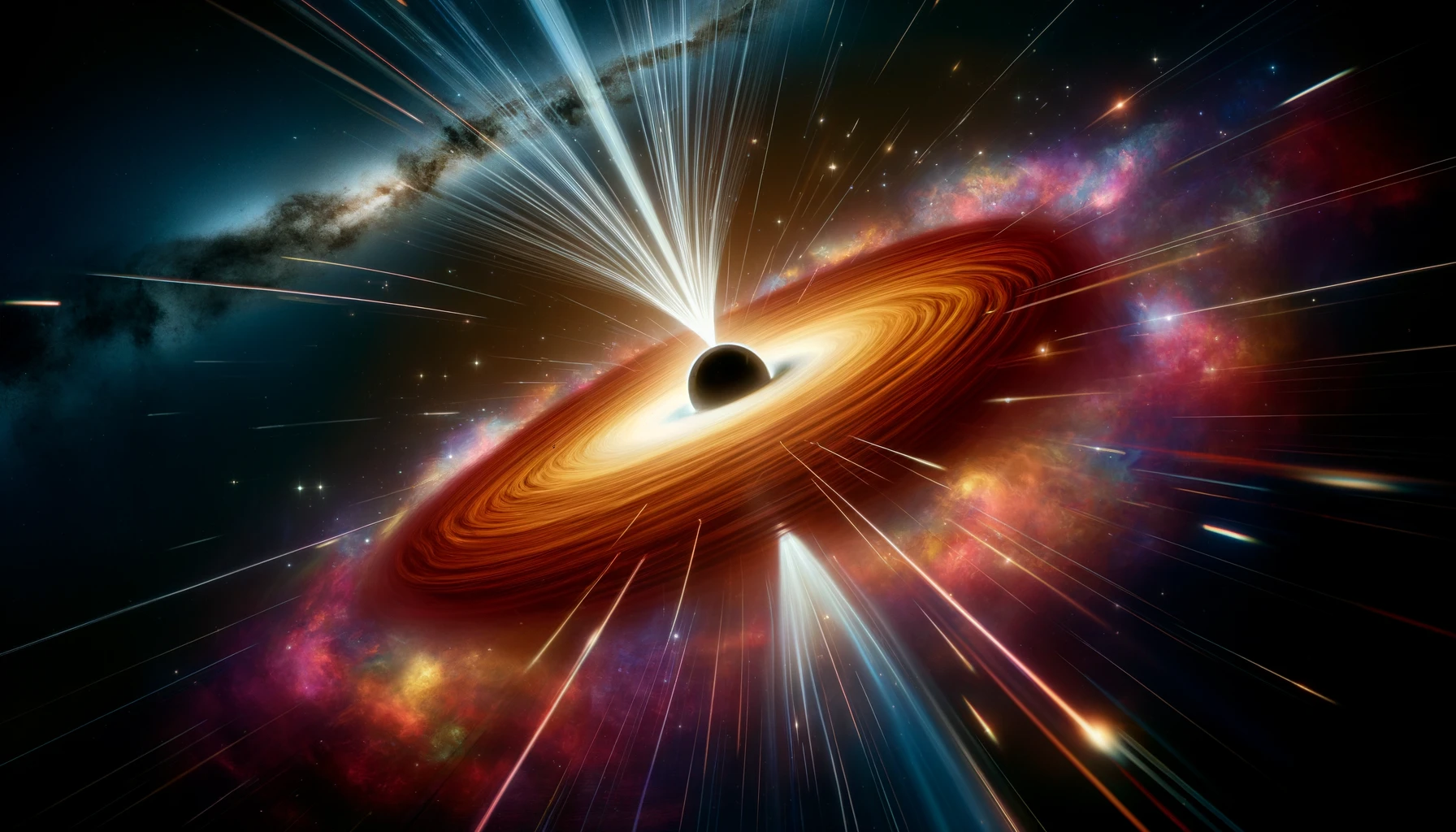Real-life Death Stars? Giant black holes caught firing powerful beams, pointing at new targets

Researchers have stumbled upon a cosmic puzzle - giant black holes were spotted firing powerful beams of particles into space and then changing their aim to fire at new targets - akin to the fictional Death Star space station in Star Wars.
Using NASA's Chandra X-ray Observatory and the U.S. National Science Foundation (NSF)’s National Radio Astronomical Observatory's (NRAO) Very Long Baseline Array (VLBA), the researchers studied 16 supermassive black holes residing in galaxies surrounded by hot gas detected in X-rays by Chandra. Using radio data from the VLBA, the team tracked the current direction of the black holes' particle beams, known as jets.
Using Chandra, they then examined pairs of cavities, or bubbles, carved out in the hot gas by the jets millions of years ago. The location of these cavities indicates the direction in which the beams were pointed in the distant past. Comparing these "fossil trails" with the current beam directions revealed a dramatic shift, with the data indicating that the beams can change directions over nearly 90 degrees in some cases, and over timescales of millions to tens of millions of years.
Scientists believe that the jets and the cavities they form are crucial in regulating star formation within their galaxies. If the beams change direction significantly, they could impact star formation across vast regions within the galaxy.
"Considering that these black holes are likely more than 10 billion years old. we consider a large change in direction over a few million years to be fast. Changing the direction of the giant black hole beams in about a million years is analogous to changing the direction of a new battleship in a few minutes," said co-author Gerrit Schellenberger of the Center for Astrophysics | Harvard & Smithsonian (CfA).
One of the most intriguing aspects of this discovery is how these black hole beams manage to turn. The beams, which are likely aligned with the rotation axis of the black hole, are thought to be powered by matter in a disk that spins around the black hole and falls inward.
This process forces the beams to be perpendicular to the disk. If the material falls toward the black hole at an angle different from the disk’s plane, it could alter the black hole’s rotational axis, thus changing the beam’s direction.
The researchers also explored other possible explanations for the misalignment between the radio beams and the cavities. One theory suggested that gas could be sloshing within the cluster, similar to how wine moves when a glass is swirled. Such sloshing could result from collisions between clusters of galaxies, potentially displacing the cavities. However, this theory seems unlikely, as evidence of sloshing was found in both galaxies with aligned and misaligned beam directions.
- READ MORE ON:
- Death Stars Black holes
- Black Holes
- Chandra X-ray Observatory










